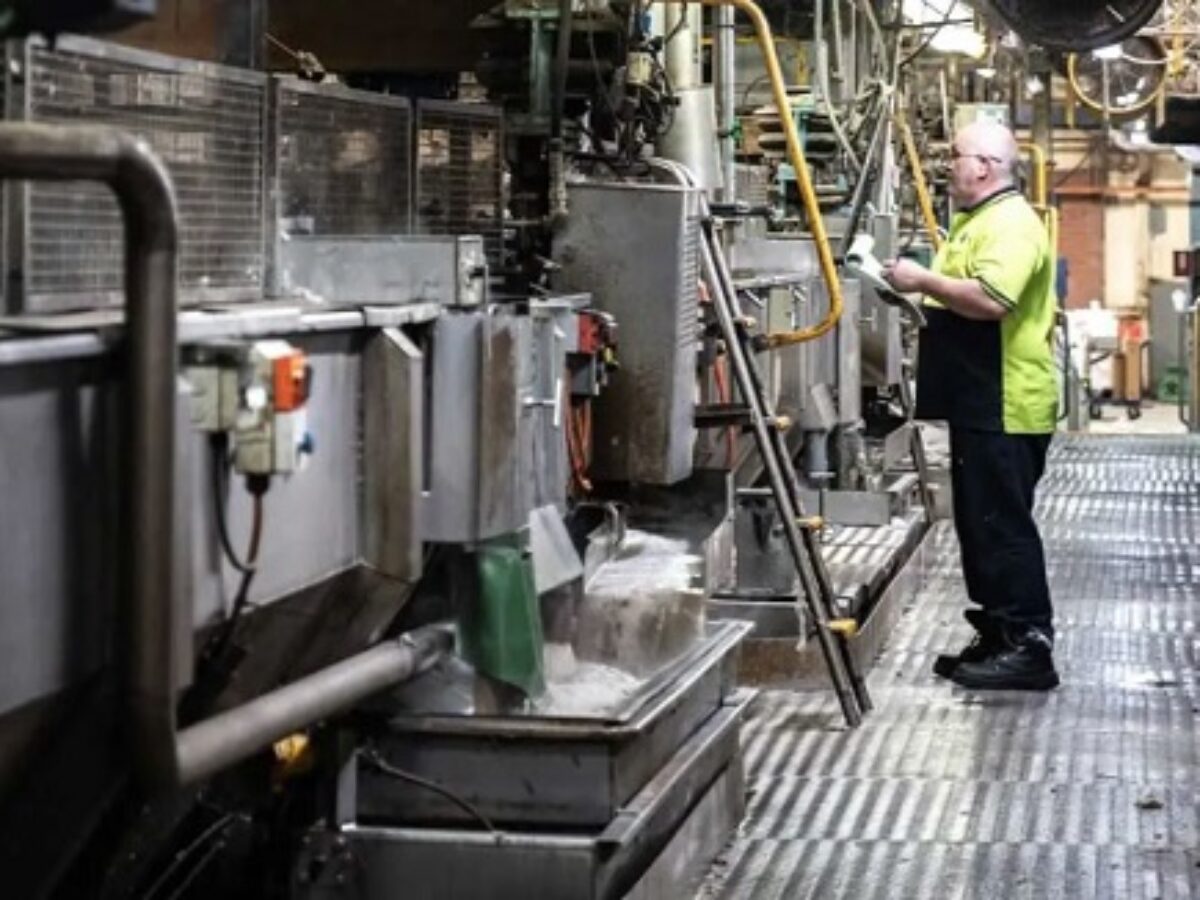Government looks to revive wool processing

By Peter Roberts
Few remember the time when Australia had an extensive wool processing, spinning and weaving sector, but producers have begun eyeing the possibility that those days may yet come again.
Part of the textile clothing sector, the wool value chain was decimated by cheap Chinese competition, but also by predatory trade policies that could well have been resisted at the time had we chosen to do so.
China nabbed the value-added part of the wool supply chain by the simple mechanism of levying an import duty on processed wool, thereby encouraging onshore processing.
Of course it didn’t help that wool scouring is potentially environmentally damaging, and requires significant amounts of water.
However now a new report funded by the Australian Government’s Agricultural Trade and Market Access Cooperation (ATMAC) programme and the national peak body WoolProducers Australia demonstrates the feasibility of expanding and diversifying domestic early-stage wool processing in Australia.
Minister for Agriculture, Fisheries and Forestry, Murray Watt said the report, Ensuring a sustainable future for Australia’s wool supply chain, found the economic impact of expanded early-stage processing could increase GDP by $1.6 billion, and create nearly 600 full-time jobs.
Watt said: “Wool requires dedicated early-stage processing before it can enter more generic textile manufacturing processes.
“Currently, Australia only has capacity for five percent of our early-stage wool processing, with the remaining 95 percent of Australian wool production reliant on offshore early-stage processing, which is concentrated in a small number of export markets.
“By completing early-stage wool processing domestically we can increase regional jobs, strengthen industry resilience, boost market diversification, value add our exports of woollen products and mitigate trade risks.”
It was a feature of historic wool processing that while it took place in capital cities such as Adelaide, there were extensive operations in regional areas such as Geelong in Victoria and Warwick in Queensland.
Chief Executive Officer of WoolProducers Australia Jo Hall said there were potential benefits in tackling barriers in re-establishing the sector, including energy and labour costs, water availability and innovation opportunities.
Hall said: “(The report) assesses tariff and regulatory barriers, that may prevent domestic and diversified early-stage processing from integrating with downstream textile supply chain operations.
“Additionally, it explores opportunities to split early stage ‘wet’ and ‘dry’ processing between domestic and offshore locations.
“Report findings indicate that domestic and diversified early-stage processing of wool is feasible and should be explored further through the completion of a comprehensive business case.”
There are still large scale processers operating in Australia such as Michell Wool which operates carbonising and scouring lines in Salsbury, Adelaide (pictured) as well as in Suzhou, China.
Since much of Australian processing offshored in the 1990s and early 2000’s the nature of Australian production has evolved, with Australia producing ever-finer merino wool and venturing into alternative wools such as alpaca and mohair.
Australian super-fine merino is used by leading international designers to produce fine woollen suiting material.
The Australian wool industry generates an average $3.5 billion in wool exports each year, but any extension of value adding processing has the opportunity to recapture part of the value chain lost to others.
Further reading:
RM WILLIAMS AND WAVERLY MILLS LAUNCH AUSTRALIAN MADE PICNIC BLANKET
CELEBRATING AUSTRALIAN MADE – GOR WOOLLEN MILL
Picture: Michell Wool, Salisbury South Australia
@aumanufacturing Sections
Analysis and Commentary Awards Defence Manufacturing News Podcast Technology Videos






